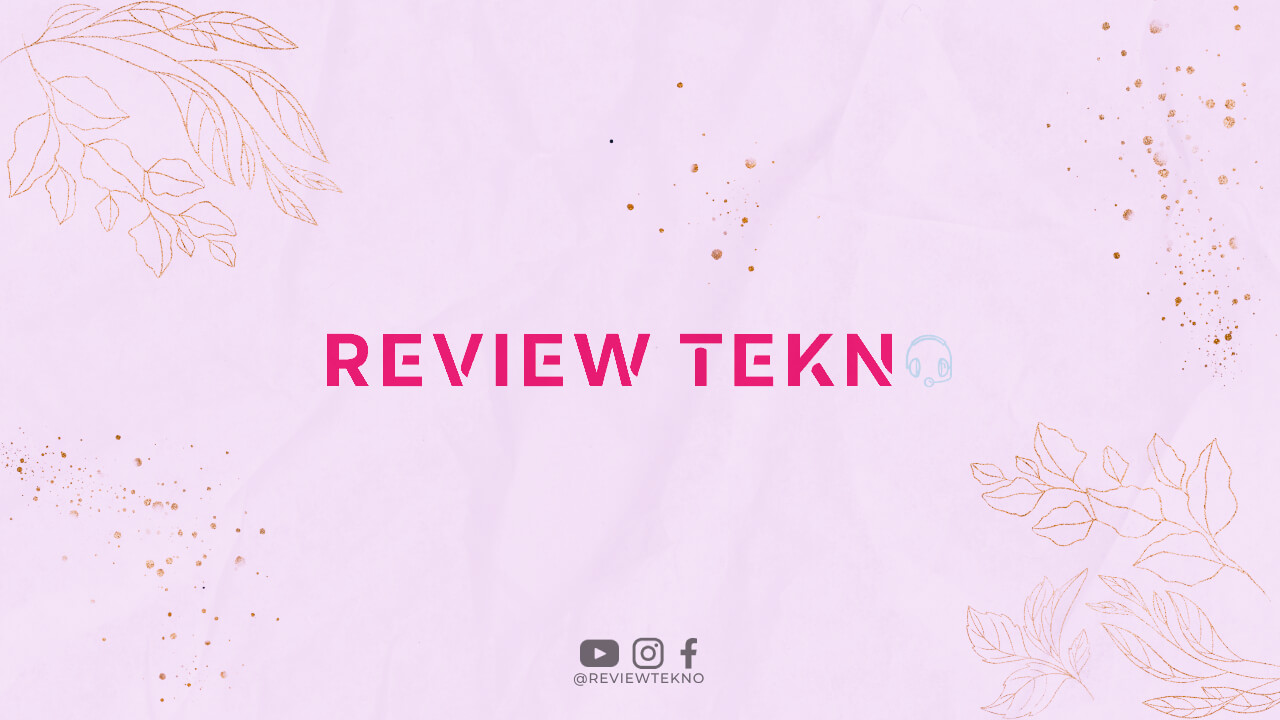The world is rapidly moving towards digital currencies, and the United States is no exception. With the new Biden administration, there has been talk of a Central Bank Digital Currency (CBDC). But, what does this mean for the future of money in the US?
What is a Central Bank Digital Currency?
A Central Bank Digital Currency is a digital version of a country’s fiat currency. Unlike cryptocurrencies, which are decentralized, CBDCs are issued and backed by a country’s central bank. They operate on a blockchain network, making them more secure and efficient than traditional fiat currency.
Why is the US Considering a CBDC?
The US dollar is the world’s reserve currency, but it is facing competition from digital currencies like Bitcoin and Ethereum. A CBDC would help the US maintain its dominance and provide a more secure and efficient payment system. It would also help the government track and regulate money flows, reducing the risk of money laundering and other financial crimes.
What are the Benefits of a CBDC?
There are several benefits to a CBDC, including:
- Increased financial inclusion – CBDCs can provide access to financial services for people who are unbanked or underbanked.
- Reduced transaction costs – CBDCs can reduce the cost and time associated with cross-border transactions.
- Improved monetary policy – CBDCs can provide more accurate and real-time data on the economy, allowing for better monetary policy decisions.
- Enhanced security – CBDCs operate on a secure blockchain network, reducing the risk of fraud and counterfeiting.
What are the Risks of a CBDC?
While there are many benefits to a CBDC, there are also some risks, including:
- Privacy concerns – CBDCs could provide the government with a wealth of data on individuals’ financial transactions, raising privacy concerns.
- Centralization – CBDCs are centralized, meaning they are controlled by a single entity (the central bank). This could lead to issues with censorship and control.
- Operational risks – CBDCs are complex systems that require significant infrastructure and maintenance. There is a risk of technical issues and operational failures.
What is the Status of the US CBDC?
The US Federal Reserve has been exploring the possibility of a CBDC since 2017. In May 2021, the Federal Reserve announced that it would be releasing a discussion paper on CBDCs in the coming months. The paper will explore the benefits and risks of a CBDC and seek public feedback on the issue.
What are the Next Steps for the US CBDC?
The release of the discussion paper is the first step in a long process towards a US CBDC. The Federal Reserve will need to consult with Congress, other government agencies, and the public before making any decisions. It is likely that the US will take a cautious approach to CBDCs, given the potential risks and complexity of the system.
Conclusion
A Central Bank Digital Currency has the potential to transform the way we think about money and financial transactions. While there are benefits to a CBDC, there are also risks that need to be carefully considered. The US is taking a cautious approach and seeking public feedback before making any decisions about a CBDC. Only time will tell if a US CBDC will become a reality.

